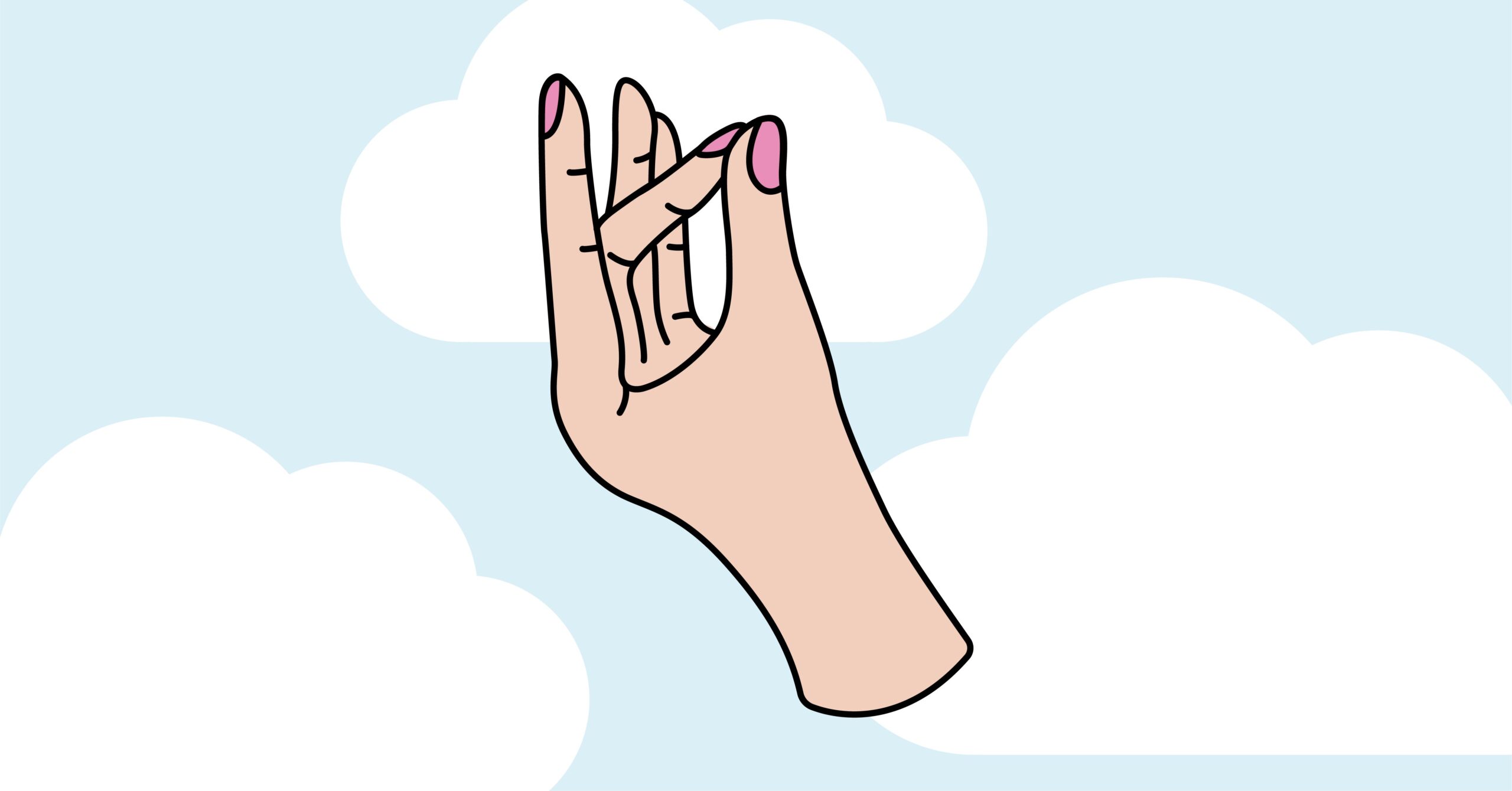How to do a Turkish get-up and why it can transform your body
Did you know that the single most ideal exercise you can do to build strength is called the Turkish get-up (also known as TGU for short)? This exercise is executed as six smaller total body, multi-benefit movements — six steps up and six steps down using a kettlebell, book, or your own body weight.
When you think about incorporating a specific motion into your training routines, most typically, you probably think of planks, lunges, and squats — the standard stuff. But while all of the above are great exercises, they don’t engage your entire body quite like the Turkish get-up. Here’s what this one-move wonder can do for you:
- Increases your strength, flexibility, and mobility
- Challenges all parts of your body to work together, unified head to toe
- Helps coordinate your body
- Engages your posterior chain
- Gets your heart rate up
- Tones and strengthens the glutes, abs, and arms
The Turkish get-up is my “above all” exercise when it comes to the most bang for your time, effort, energy, and fitness goals. It’s an ideal exercise to place into any workout or to use as a single-move total body workout.
What to know before doing a Turkish get-up
The Turkish get-up is a traditional kettlebell exercise. Many consider it a kettlebell foundation. Much like the kettlebell swing or the clean, the Turkish get-up is widely used to strengthen the body, stabilize the core and shoulders, engage the glutes, and add mobility to any workout.
While the Turkish get-up is traditionally done with a kettlebell, you can also execute the motion holding a dumbbell, a sandbag, a water bottle, book, or any other prop and/ or strengthening tool. However, when you first start, I advise you to do the motion without a kettlebell. The reason for this is simple: the Turkish get-up is done by holding the kettlebell overhead, which requires skill, knowledge of motion, and body awareness. You should learn the six motions up and down first, then test your shoulder stability and overall form before adding a kettlebell, dumbbell, or weight.
When you add this move into your program, I can guarantee that you will activate every single muscle in your body and get your sweat on.
How to do a Turkish get-up
The Turkish get-up is a whole-body exercise involving six steps to get from a face-up laying down position up to standing and the same six steps back down. Different types of Turkish get-ups incorporate more or fewer steps. Below is the traditional Turkish get-up, which is beneficial for the core, legs, glutes, arms, and back. It also increases mobility, stability, and strength.
In the motion, you start on your back on the floor with your arm extended perpendicular to the floor (with or without a kettlebell in your hand of the extended arm; if you are not using a kettlebell, pretend there is a kettlebell in your hand). In terms of form and setup, you should make sure:
- The arm never moves — it should be overhead in a fixed position
- Make sure you are looking at your kettlebell the entire time
- Your leg that is on the same side of the arm that is extended should be bent, while the other leg and arm are lying straight on the ground at a 45-degree angle to your body
- Keep your shoulder blade packed back, and always keep your eyes on the kettlebell no matter what position you end up in
- Your arm that is extended should always stay perpendicular to the ground
Below are the steps for getting up and down to complete a Turkish get-up. Starting with the kettlebell in your right hand, right leg bent, in laying position.

Getting up
- Push yourself up to your left elbow
- Then push yourself up to your left hand
- Lift your body by pushing your hips up into the sky
- Swivel your left leg under your body and bend it so that you are now supported by your left knee, left hand, and right foot
- Bring your arm off of the floor and find yourself kneeling with the kettlebell overhead
- Lastly, come to a standing position with the kettlebell secure overhead in the right hand

Coming back down
- Bring your left leg back to a kneeling position on the floor, keeping the kettlebell raised overhead
- Lean back, putting your left hand on the ground and keeping your eyes on your kettlebell
- Swivel your left leg back out so that it is extended in front of you again
- Bring your hips down, so you are sitting on your butt
- Lean back onto your left elbow again
- Return to the starting position with your back flat on the ground and your kettlebell raised overhead, arm perpendicular to the ground
You can use the Turkish get-up in any part of your workout, including after a run, as part of your yoga practice, or incorporating it into your circuit and HIIT routine. Regardless of how you use it, the Turkish get-up will take your workouts to the next level.
Dasha L. Anderson is a celebrated trainer and fitness expert in New York City, with a master’s degree in exercise science and sports nutrition and a specialty in performance enhancement and injury prevention. She is also the founder and head certifying instructor of Kettlebell Kickboxing and has contributed to Self, Shape, Fitness Rx, and Epoch Times.
















